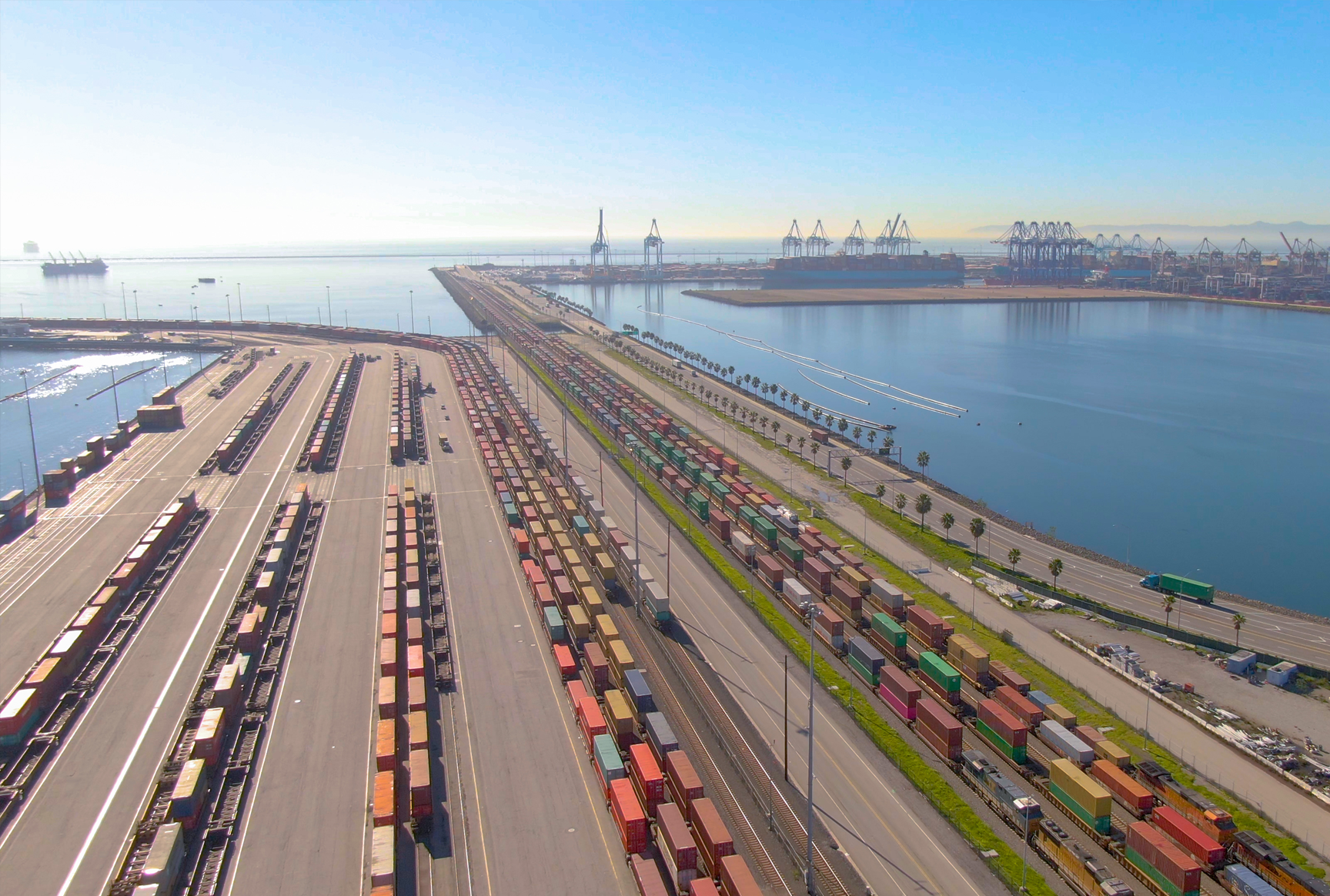Certainly, the misunderstanding that plagues railroads hinders good projects, good companies, and good communities. We all suffer in the balance.
For 25 years, Strategic Rail Finance has been a warrior for rail development that serves the economy, the environment, and the community. We continue to create funding and growth strategies for many of the rail industry’s biggest challenges. In more than a thousand meetings in Washington, we have had the opportunity to help educate Congress and the Executive Branch. Two decades of interactions with owners of shortline and regional railroads have taught us plenty. In 2007, we created a non-profit transportation consultancy, OnTrackNorthAmerica, to advance comprehensive transportation planning and investment.
To this day we encounter banks undervaluing assets of rail-related companies, citizens minimizing the contribution of railroads, and government planners misunderstanding the transportation marketplace. We aim to share what we have learned—what does and doesn’t work for growing railroads — from financial statement analysis to project scoring to land use planning.
For this launch issue of Insights from the Field, let’s shine a light on one particularly harmful and rarely-grasped practice at the heart of nearly all business’s borrowing relations with their lenders. The documents executed at closing of a typical loan transaction more than likely assign the lender a lien on all the borrower’s assets. Even as loan balances are being paid down, the documents give the bank a lien on not only the assets owned at the time of closing but all the assets brought into the company until the loan is paid in full. Since businesses use their borrowed capital to grow, the company’s assets will have grown over time. It is likely that there is now more inventory, equipment, vehicles, receivables and even cash. While the bank gets more secure each month, management is not able to use these additional assets to access additional capital to expand further. Banks love this arrangement and you won’t hear much about it in the business literature.
This status quo has had a particularly harmful impact on rail-related companies that often operate with less access to capital than businesses of much less stability and importance to the community. Their assets and contribution are misunderstood and under-appreciated. It’s time to bridge this divide once and for all, to fully realize the contribution of rail transportation to national and local vitality.
Insights from the Field is a publication of Strategic Rail Finance. Feel free to share it with colleagues. All issues are available on our website if you would like to add or comment. Or simply respond to this email with your thoughts.

